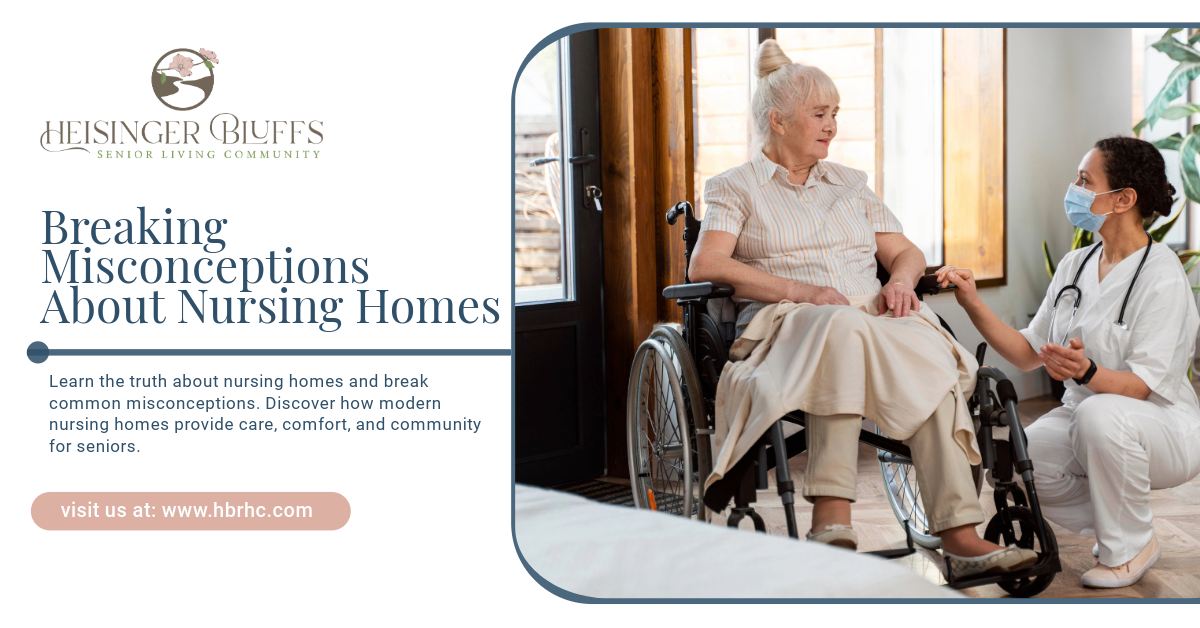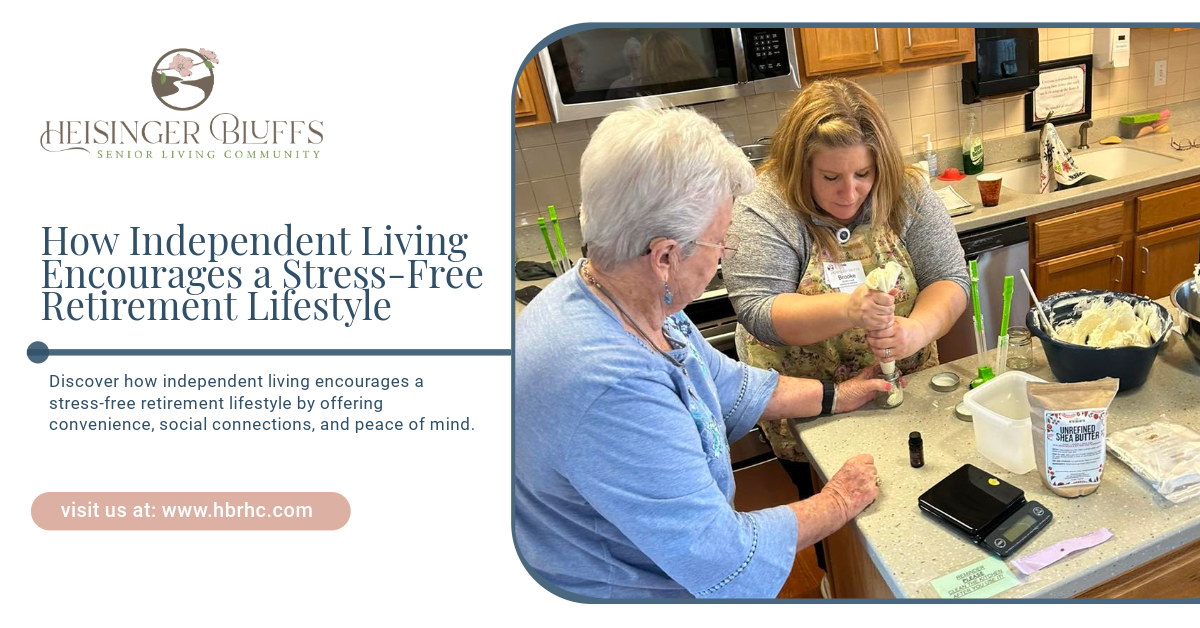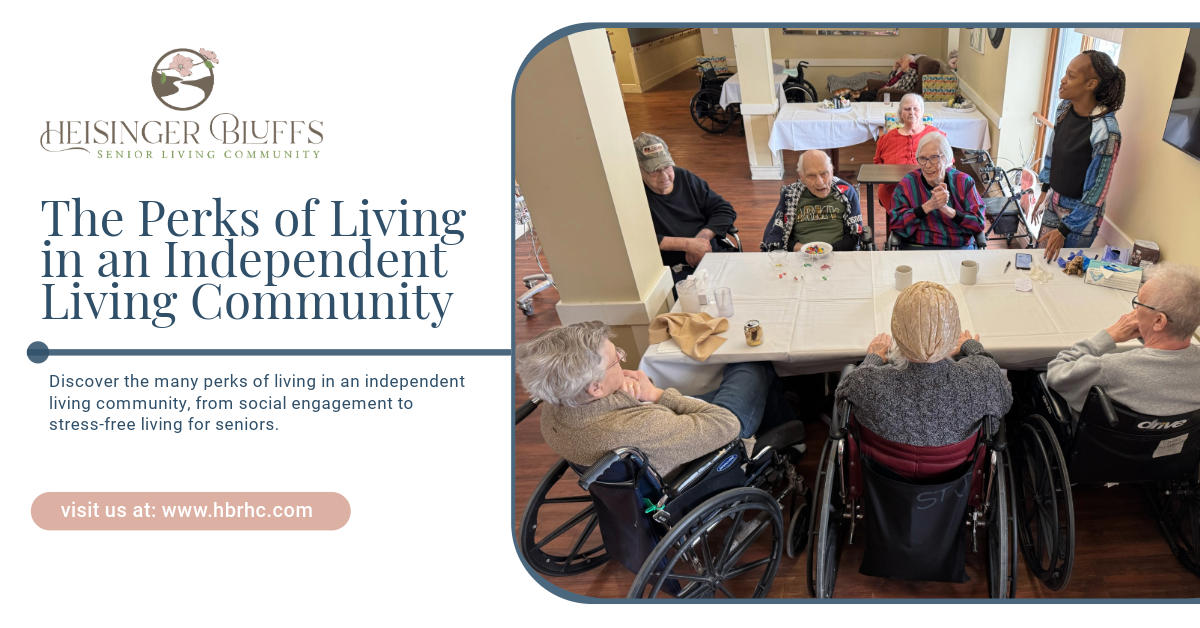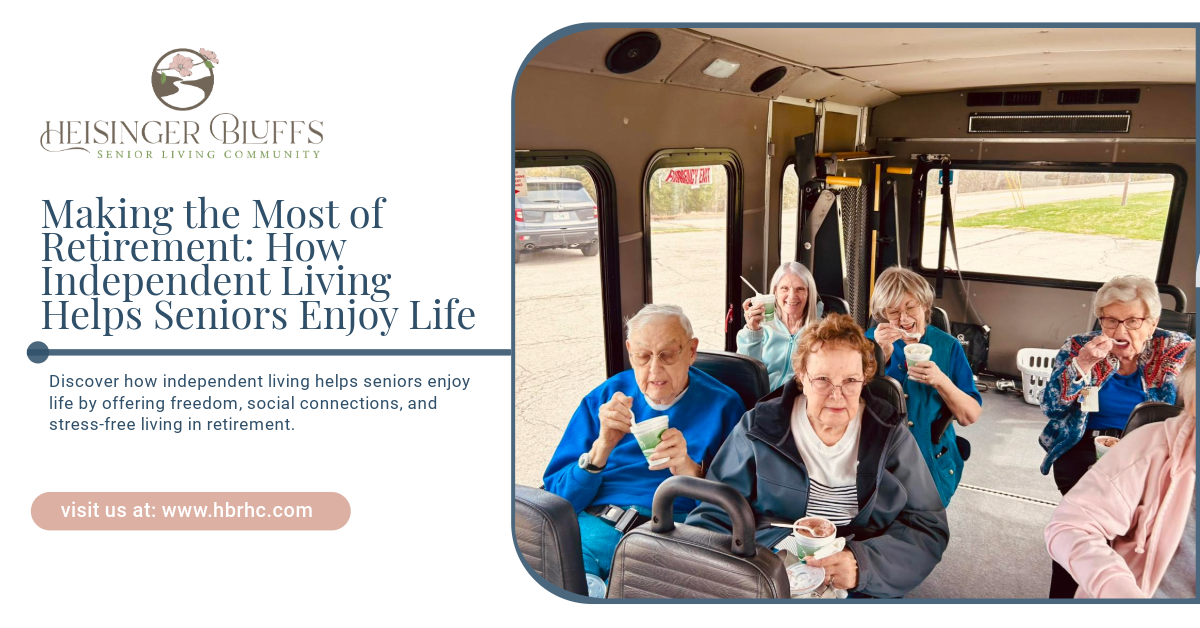Get in touch
Breaking Misconceptions About Nursing Homes

Misconceptions About Nursing Homes
When people hear the term "nursing home," many automatically imagine an institution full of frail elderly individuals in sterile, hospital-like environments, with limited activities and social interaction. These misconceptions have been perpetuated over the years, often casting a negative light on the quality of care and life that nursing homes can offer.
However, the reality of modern nursing homes is much different from these outdated perceptions. Today’s nursing homes are vibrant communities that provide high-quality care tailored to the needs of their residents. In this blog post, we’ll take a deep dive into the common misconceptions about nursing homes and explore the truth behind them.
Nursing Homes are Only for the Dying
One of the most persistent misconceptions about nursing homes is that they are places where people go only when they are near the end of their lives. While it's true that some residents may require end-of-life care, the majority of people who reside in nursing homes are there to receive medical care, rehabilitation, and assistance with activities of daily living (ADLs).
Nursing homes offer:
- Short-term Rehabilitation: Seniors recovering from surgery, illness, or injury can benefit from rehabilitative therapies to regain mobility and strength.
- Chronic Disease Management: Individuals with chronic conditions like heart disease, diabetes, or dementia can receive specialized care and monitoring in a nursing home.
- Ongoing Care: Many seniors who need assistance with everyday activities, such as bathing, dressing, and eating, can live comfortably in a nursing home, with staff available to provide support as needed.
Modern nursing homes are not places of last resort but rather facilities that offer comprehensive care for people at different stages of their lives, helping them live as independently and comfortably as possible.
Nursing Homes are All the Same
Another misconception is that all nursing homes are the same, offering the same level of care and experience. This is far from the truth. The quality of care in nursing homes can vary widely depending on the facility, the staff, and the resources available.
When searching for a nursing home for a loved one, it’s important to consider the following factors:
- Staff-to-Resident Ratio: A low staff-to-resident ratio means more personalized care and attention for each resident. Facilities with higher ratios of caregivers can more effectively address the unique needs of each individual.
- Specialized Care: Some nursing homes specialize in specific types of care, such as dementia or post-surgery rehabilitation. Choosing a facility with experience and expertise in these areas can ensure the best care for a loved one.
- Amenities and Activities: Many nursing homes now offer a wide variety of social activities, events, and amenities to promote mental and emotional well-being. From fitness programs to art classes, the opportunities for engagement are diverse.
- Accreditations: It’s important to check whether a nursing home is accredited by organizations like the Commission on Accreditation of Rehabilitation Facilities (CARF) or the Joint Commission, as these ensure the facility meets high standards of care.
Nursing homes vary greatly in their offerings, and it's crucial to do thorough research to find a facility that aligns with the needs and preferences of your loved one.
Nursing Homes Are Like Hospitals
Another common myth is that nursing homes are essentially hospitals. This is a significant misunderstanding. While nursing homes provide medical care, they are not meant to serve the same purpose as hospitals, which are focused on treating acute conditions and emergencies.
Nursing homes, in contrast, provide long-term care for individuals who have ongoing medical, physical, or personal needs. Here’s how they differ:
- Hospital vs. Nursing Home: Hospitals are designed for short-term care for individuals who are seriously ill, injured, or undergoing surgery. Nursing homes, on the other hand, focus on long-term care for people who need assistance with daily living but do not require constant medical intervention.
- Environment: Hospitals are often sterile environments with clinical, medical equipment everywhere. Nursing homes are designed to feel like homes, with personal rooms, comfortable lounges, and common areas for residents to relax and socialize.
- Care: While hospitals have specialized medical staff, nursing homes have skilled nursing professionals, caregivers, and other healthcare workers who provide daily care, rehabilitation, and support tailored to the individual needs of the residents.
The goal of a nursing home is to create a comfortable, supportive environment that helps seniors live their lives with dignity and independence.
Nursing Homes Are Boring and Isolated
Some people believe that nursing homes are dull, lifeless places where residents have little to do but sit around all day. The truth is, most modern nursing homes prioritize creating vibrant communities that offer residents a variety of activities to keep them engaged and active.
Here are some of the common activities and amenities you might find in today’s nursing homes:
- Social Events: Many facilities host movie nights, dance parties, and community gatherings to foster social interaction.
- Fitness Programs: Activities like yoga, tai chi, and water aerobics are often offered to promote physical health and mobility.
- Arts and Crafts: Many nursing homes have art studios or craft rooms where residents can express themselves through painting, knitting, or other creative outlets.
- Gardens and Outdoor Spaces: Access to outdoor spaces is a priority in many modern nursing homes, allowing residents to enjoy fresh air, gardening, and nature.
- Pet Therapy: Some facilities even bring in therapy animals to offer comfort and companionship to residents.
With so many engaging activities available, nursing homes today offer much more than isolation—they offer opportunities for residents to stay socially connected, mentally stimulated, and physically active.
Nursing Homes Are Expensive and Only for the Wealthy
While nursing homes can be expensive, it’s not true that they are only for the wealthy. There are a variety of payment options and financial assistance programs available that can help make nursing home care more affordable.
Here are a few ways that people can manage the cost of nursing home care:
- Medicare: For individuals over 65, Medicare can help cover some nursing home costs, particularly for short-term stays related to rehabilitation after hospitalization.
- Medicaid: Medicaid provides financial assistance for low-income individuals who need long-term care in a nursing home. Eligibility requirements vary by state, so it’s important to check your local Medicaid office for more information.
- Long-Term Care Insurance: Some individuals purchase long-term care insurance that helps cover the costs of nursing home care.
- Veterans Benefits: Veterans and their spouses may qualify for additional benefits through the U.S. Department of Veterans Affairs (VA) to help pay for nursing home care.
Financial planning is key to managing the costs of nursing home care, and there are multiple options available to make care more accessible.
Nursing Homes Don’t Allow Family Involvement
Another misconception is that once a loved one moves into a nursing home, families lose their ability to be involved in care decisions. This is far from the case. In fact, most nursing homes encourage family involvement and communication, as families play an important role in the overall well-being of their loved ones.
Here’s how families can stay involved:
- Care Plans: Families are typically invited to participate in the development of their loved one’s care plan. This collaborative approach ensures that everyone is on the same page about the care being provided.
- Visitation: Most nursing homes have flexible visitation policies that allow family members to visit regularly, whether that’s for social visits or to be involved in the care process.
- Family Meetings: Nursing homes often host family meetings to discuss a resident’s progress, needs, and any concerns.
Family involvement can enhance the care experience for seniors and ensure they are receiving the support and attention they need.
Conclusion
Nursing homes are often misunderstood, with many misconceptions that paint an inaccurate picture of what they offer. Today’s nursing homes provide high-quality, personalized care that focuses on enhancing residents’ quality of life. From rehabilitation and chronic disease management to engaging activities and family involvement, nursing homes are vibrant, supportive communities where seniors can thrive.
As you consider long-term care options for a loved one, it’s important to challenge these misconceptions and understand the true benefits of nursing home care. At Heisinger Bluffs, we strive to create an environment where residents receive the highest level of care, comfort, and community, ensuring they live their lives with dignity and respect.
Frequently Asked Questions
How do I choose the right nursing home for my loved one?
When choosing a nursing home, consider factors like the staff-to-resident ratio, specialized care options, amenities, and the overall environment. Visiting the facility, meeting the staff, and reviewing online ratings can also help you make an informed decision.
Are there financial assistance options for nursing home care?
Yes, there are several financial assistance options available, including Medicare, Medicaid, long-term care insurance, and veterans' benefits. It’s essential to research and plan ahead to ensure that you have the resources to cover nursing home costs.
How can I stay involved in my loved one’s care at a nursing home?
Most nursing homes encourage family involvement through care plan meetings, regular visitation, and family meetings. Staying in communication with the staff and being an active participant in care decisions can help ensure that your loved one receives the best care possible.



Want to know more?
We will get back to you as soon as possible.
Please try again later.
You May Also Like To Read
Heisinger Bluff’s Life Plan Community is here to make your senior years safe, stimulating and enjoyable so that you can savor the present, knowing the future will be taken care of.
QUICK LINKS
CONTACT
©2024. Heisinger Bluffs. All rights reserved.








